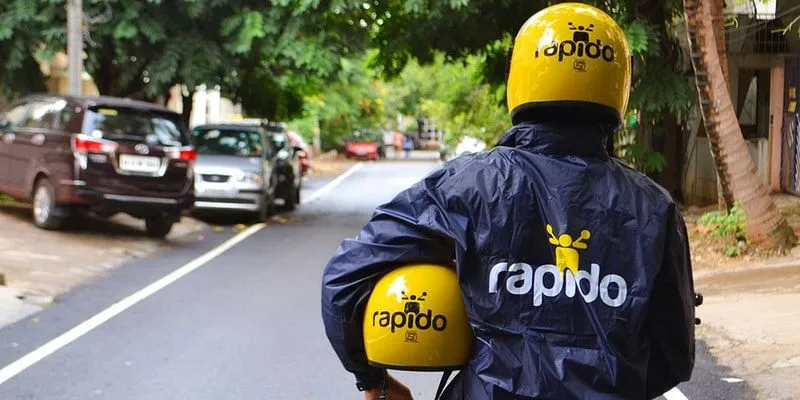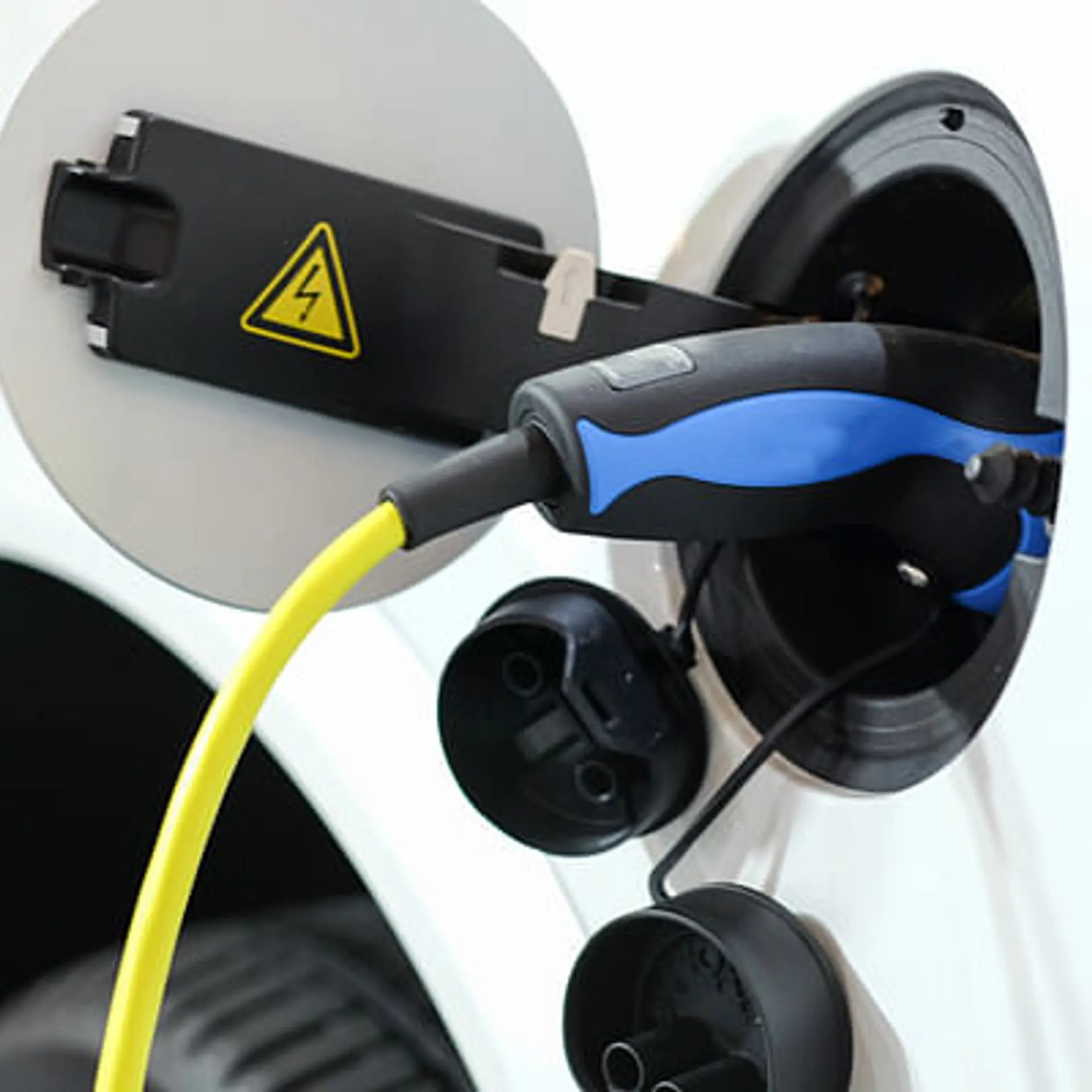[YS Learn] 5 factors Rapido kept in mind while building its product to ensure scale and growth
The minimum viable product plays a vital role in understanding customer needs and giving investors a sense of what the product can achieve with scale. But it is important to build the MVP frugally. Here's how Rapido did it.

The Founders of Rapido
It hasn’t been a smooth ride since Bengaluru-based bike-sharing startup entered the world of mobility in 2015. It wasn’t the first in the market: giants and had already locked horns and other players such as and M-Bike were also operating.
But the mobility space turned out to be a regulatory minefield. Ola and Uber had to restrict operations to a few cities, Baxi pivoted to a delivery model, and M-Bike shut shop.
The three Rapido Founders, Aravind Sanke, Rishikesh SR, and Pavan Guntupal, however, bet big on the space, and the startup managed to survive the regulatory tug of war and grow.
As of earlier this year, Rapido had around 5,00,000 Captains, and claimed to be serving over 10 million customers. It has more than 20 million app downloads, 15 million paid transactions, and operates in 90 cities.
The team knew it had to build a strong differentiated product that focused on asset utilisation, logistics, and transport, and had a deeper focus on Tier II and III cities. This was the focus while building the initial MVP to ensure a robust product.
“We have been growing at more than 15 percent month on month for the last three years and 3X to 4X year on year in the last few years. With rapid urbanisation and smart cities, bike taxis will be the future of intra-city transport, thanks to the strong last-mile connectivity proposition,” Aravind says.

A Rapido Captain gets ready for his next ride
The founder adds that as Rapido continues to drive its leadership position in the bike taxi ecosystem across cities, it is “using technology to propel newer models to help serve end users and businesses in the post-COVID world”.
Here are the five factors Rapido kept in mind while building its product to ensure growth and scale.
Take time for primary research
Aravind says the team invested a lot of time on first-hand research in the initial days of building and testing the product. “We looked at restricting target segments and service areas to get a better sense of commute routes and planned for next launches in customer drop areas,” he says.
As the team was building a two-way commute service, it had to connect with several customers – often standing in front of bus stops or companies - to understand their requirements and preferences. This ensured stage-wise evolution of the service and app.
“We spoke to customers that chose Rapido to understand the gaps they found in building a better product and also interacted with new users on the improved version to further build on it. During the initial years, we realised early users would be more forgiving and would give honest feedback. Championing them would help in build a successful business model,” he says.
Focus on critical aspects in the initial days
Rapido was building tech to meet market demands and always faced a crunch when it came to time and resources. The team realised the need to understand the most critical features/products and use resources very wisely.
“This was one of our main focus areas as we were targeting users used to other apps and modes of transport. We had to match expectations and ensure that the experience was not compromised. So, we started with a basic app and built on it,” Aravind explains.
When the Rapido team saw rides go up to 500 rides daily, it realised the need for a scalable platform to accommodate customer demands.
Listen to your customers
“We always knew the advantage of a startup is to move fast and ship products at a faster pace than established companies. Our initial architecture focused on being agile and keeping an experimental mindset. We initially didn’t have a product manager. Our customers and Captains shared feedback, based on which our products evolved. We gradually built it to what it is now,” Aravind says.
At every stage, the team ensured they listened to the customers and Captains’ needs to better services.
“When we realised customers were open to waiting for a ride, we introduced a snooze button. So, if a customer doesn’t find a ride, hitting this button prompts the app to look for a Captain in the vicinity for 10 minutes,” Aravind says.
In the second year, the team noticed that many customers using the app regularly were used to a pass system. “So we introduced Rapido Pass, where we provide customers willing to opt for an x number of rides every month with a discounted rate per ride.”
He explains that building features on the app will always be a process based on customers’ changing needs.
“At every stage of building a company, different factors become priorities – be it acquisition, retention, profitability, scale, etc. Features only from problems we identify, by analysing data or through user experience. Having our ears on the ground and building features offers the best RoI," Aravind says.

Aravind, Co-founder, Rapido
Build a strong core tech
With the MVP, the idea is to look at the time to ship the module out; the focus to architect for scale is often minimal. This is why teams have to re-architect everything while scaling. When you are building an MVP, if you don’t change your architecture every six to eight months, you miss out on adopting the latest technologies or don’t scale enough.
“However, after achieving scale, you can’t frequently change your core systems. Hence, we focused on building very strong core systems – this gave us the agility to scale. It is important to recognise process redundancies and automate them. Spending money may not always be the solution,” Aravind says.
He adds that founders and teams should have the “mindset of an engineer”, and that Rapido is “really blessed to have those throughout the journey”.
Understand when you need to build for business continuity
Aravind says the bike taxi business came to a complete standstill when the country went into lockdown. But the team realised Rapido still had the potential to maintain business continuity and support livelihoods of people dependent on it (Captains and other employees) by focusing on the existing logistics business model.
“We also realised that, apart from delivering essentials, we could look at building MVPs to introduce hyperlocal and merchant-to-customer delivery. Our strong tech platform let us launch these services in three weeks instead of the usual two to three months,” he says.
The team recently introduced Rapido Safety Shield, a first-of-its-kind safety measure by a bike taxi player in India, to further ensure safety amidst the pandemic.
The Rapido Safety Shield, which weighs around 400 gm, is a lightweight, PVC board that is attached to the Captain’s back like a rucksack. The shield covers the Captain’s body and makes a screen for a considerable distance between the customer and Captain.
The team felt that this would augment safety along with regular measures such as masks, sanitisers, and the Aarogya Setu App.
Key learnings and takeaways
Arvind sums up his team’s learnings:
- Invest in a reliable, agile, and robust platform at the beginning. We were only able to pivot our business focus in time because of our visionary tech infrastructure.
- The security of digital assets is more important than physical assets. With the rise of phishing and cyber-attacks, it is best to invest in a security system that protects your data, especially if you have to resort to remote working.
- Perfection should not be your goal initially.
- Spend more time on building products around your moats rather than spending time on everything.
- Study your competitor’s products and learn from their mistakes. Repeating mistakes is a waste of time, effort, and money.
- Changes are most definitely seen in consumer behaviour; we saw that as an enabler.
- We were able to analyse the change in the patterns of usage of our bike taxi service as the customer ride distance went up from 3-4 km in pre-COVID time to 15-20 km now.
- This helped us plan for growth and scale, and determine the need for Captains to be onboarded..
- Analysing also helped understand market needs and launch services like Rapido Local and Rapido Store. We were able to do this in weeks instead of months, courtesy our tech foundation, and could build an MVP that caters to the market.
(Edited by Teja Lele Desai)


![[YS Learn] 5 factors Rapido kept in mind while building its product to ensure scale and growth](https://images.yourstory.com/cs/2/a9efa9c02dd911e9adc52d913c55075e/Imagelez7-1599053692296.jpg?mode=crop&crop=faces&ar=2%3A1&format=auto&w=1920&q=75)
![[YS Learn] How to love what you do, and the reason why skill triumphs over passion](https://images.yourstory.com/cs/2/a9efa9c02dd911e9adc52d913c55075e/passionloveskillrevised1-1598951104109.png?fm=png&auto=format&h=100&w=100&crop=entropy&fit=crop)
![[YS Learn] Five factors that help companies like Pixar, Netflix, Airbnb build great teams](https://images.yourstory.com/cs/wordpress/2016/12/gain-your-team’s-trust.jpg?fm=png&auto=format&h=100&w=100&crop=entropy&fit=crop)
![[YS Learn] Here is what you can do to catch Sanjay Nath of Blume Venture Partners during a pitch](https://images.yourstory.com/cs/2/a9efa9c02dd911e9adc52d913c55075e/Imageszjl-1598791006392.jpg?fm=png&auto=format&h=100&w=100&crop=entropy&fit=crop)
![[YS Learn] #Branding101: What startups can learn from Dunzo’s branding game](https://images.yourstory.com/cs/2/a9efa9c02dd911e9adc52d913c55075e/Imagen4iv-1598458193836.jpg?fm=png&auto=format&h=100&w=100&crop=entropy&fit=crop)




